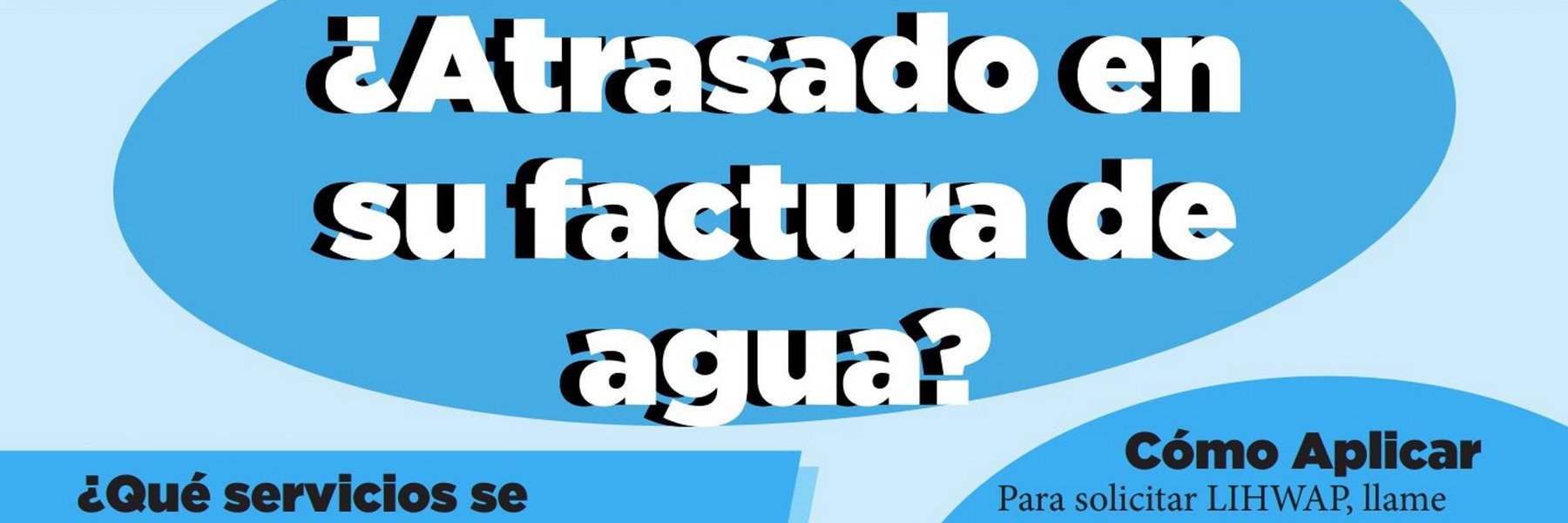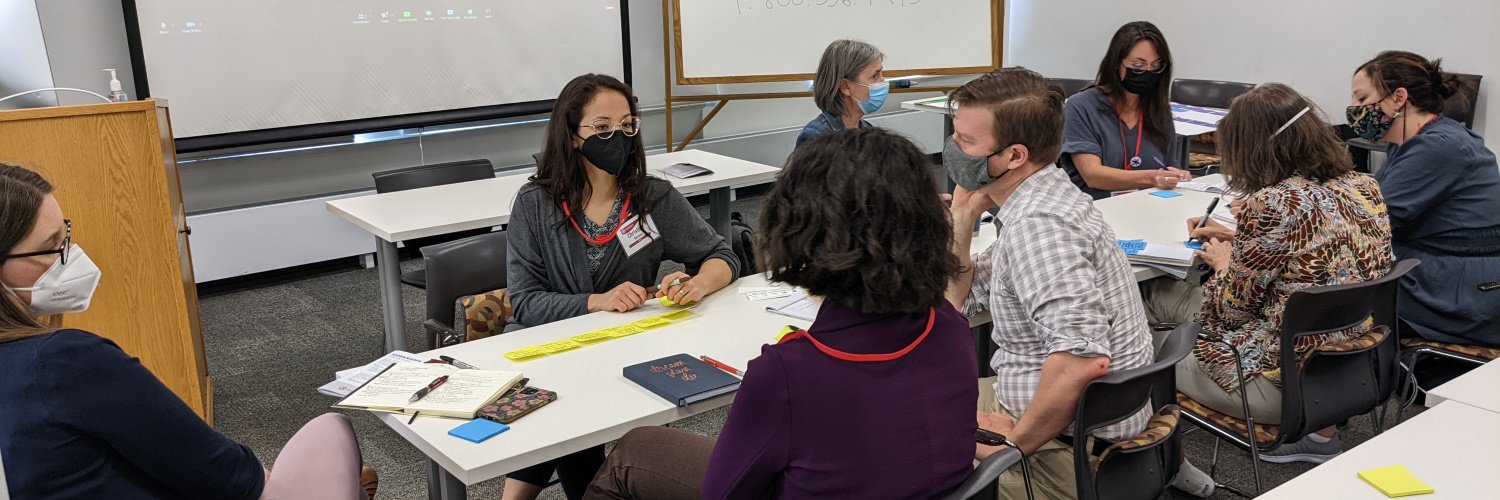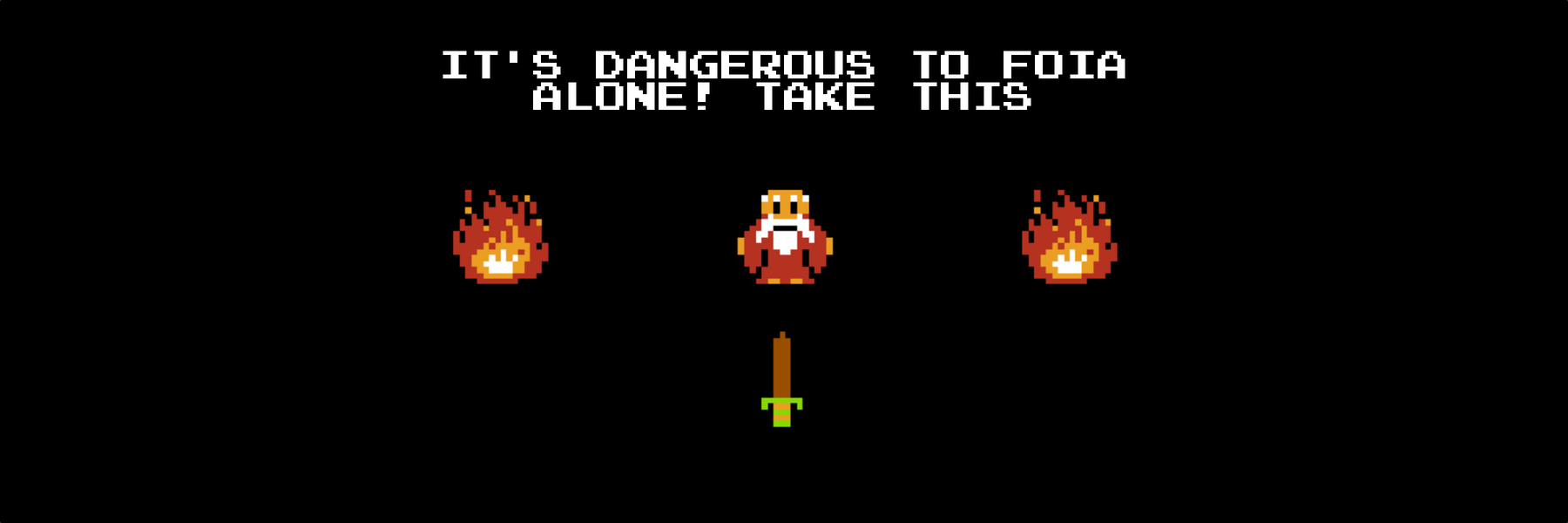“What is it you do for MuckRock?”
This, understandably, is the second most common question I’ve gotten these past six months.
The simple answer? I help coordinate collaborative reporting efforts as part of MuckRock’s editorial strategy. The thing is, it’s not that simple.
I’ve spent most of these first few months checking in with news organizations, support organizations, and others to get a better idea of what’s needed from our corner of the public records universe. I’ve also benefited from previously planned surveys of users of our best-known platforms, MuckRock and DocumentCloud.
See, before I can think about how to better facilitate those collaborations, I had to be sure we were serving our community’s needs, both known and unknown. Community is important to journalism, and especially to collaborations. Trust among participating organizations and the communities they represent is essential. Everyone involved must be willing to listen and learn from each other. We need to be willing to learn from our community.
During one of my earliest conversations with Michael, he talked about how he viewed MuckRock as a lab. That framing has helped shape how I want to move forward. My previous experiences as part of a journalism lab helped me realize how important technology is as a tool to aid in the solution. People must be comfortable with what’s possible with the tools, in addition to their benefits and drawbacks. Technology is not the solution in and of itself, but it’s an important piece of the puzzle. It’s also good to remember we’re not just solving problems for those with consistent access to all the bells and whistles of the internet.
The mandate associated with this position involves making sure we’re providing opportunities to better understand the public records process, all things related to transparency, and how individuals can be a part of it. This is the main reason we launched the Transparency Corps this month. It is part of a lab-centric approach to our work moving forward. Undertaking initiatives like the Corps as an experiment allows us to explore how to carry out that mandate. It helps us serve our existing community while growing it and expanding the voices represented by it.
There are plenty of opportunities to explore how best to serve the public as an organization. It’s not just limited to journalism, though that’s a significant part of our day-to-day. How can we help the majority of those filing public records requests understand how folks are approaching journalism right now? How do we help journalism better understand what it should be doing to serve everyday citizens, nonprofit organizations, and academics on their quests for knowledge? We’ll take the lessons learned from this initial cohort and use them to determine how best to answer these questions and others.
There’s also a specific emphasis on the needs of underserved and underrepresented communities. They must not only be made aware of the resources available from us, but we need them to help share lessons learned from decades of serving communities that are not always paid attention to and are often treated as an afterthought.
I’m nowhere near finished with reaching out to get a clearer picture of what’s needed as it relates to transparency tools. Honestly, if I ever say I am, know you have permission to call me out. By the way, we’ll be working consistently to let you know how we’re doing with all of these experiments as we go.
BTW, if you haven’t replied to our survey asking for your input on MuckRock, please, click that button below and share your thoughts with us!
If you have any questions for me, feel free to reach out via email or in the community Slack channels.
Image header licensed via Shutterstock.




